There is no one-size-fits-all diet as each body is different, requiring certain foods over others. Some people thrive on vegan and vegetarian diets while others can’t do without their meats. But there’s one aspect of weight loss that’s vital aside from a healthy diet: Exercise. Although most people understand the formula for losing weight, the process is challenging and requires a change in mindset and habits. Some people would prefer a magic pill that undoes years of poor habits. (Even if that pill contains a tapeworm, you bet your sweet bippy someone is desperate or curious enough to try it).
There are fad diets that make you raise an eyebrow, wondering how anyone could subject themselves to the process (even if they do see results). Others have been closely studied and are proven to help with weight loss and weight maintenance. Those are the sustainable options that may have you considering how you may incorporate those ideas into your current lifestyle. On the other hand, some of the fad diets we highlight are downright dangerous and move into the category of disordered eating.
To compile this list of the most famous fad diets of all time, 247 reviewed several sources, including Harvard Health Publishing and WebMD. (On a similar note, don’t forget to read Dangerous Weight Loss Plans You Should Never Follow.)
The Grapefruit Diet

The name of this fad diet might have you thinking you are only going to be munching on grapefruits for a designated period, but that’s not what the grapefruit diet is. You are going to be eating grapefruits and drinking grapefruit juice but you can also eat regular, protein-rich meals. The two to three-week diet calls for either a grapefruit or grapefruit juice with each protein-rich meal you consume (some versions of the diet limit daily caloric intake to 800 calories). Why grapefruits? It’s believed they have fat-burning enzymes that help accelerate weight loss. However, there is no research to date that supports this notion. Nevertheless, people see success when they try it.
The Mediterranean Diet
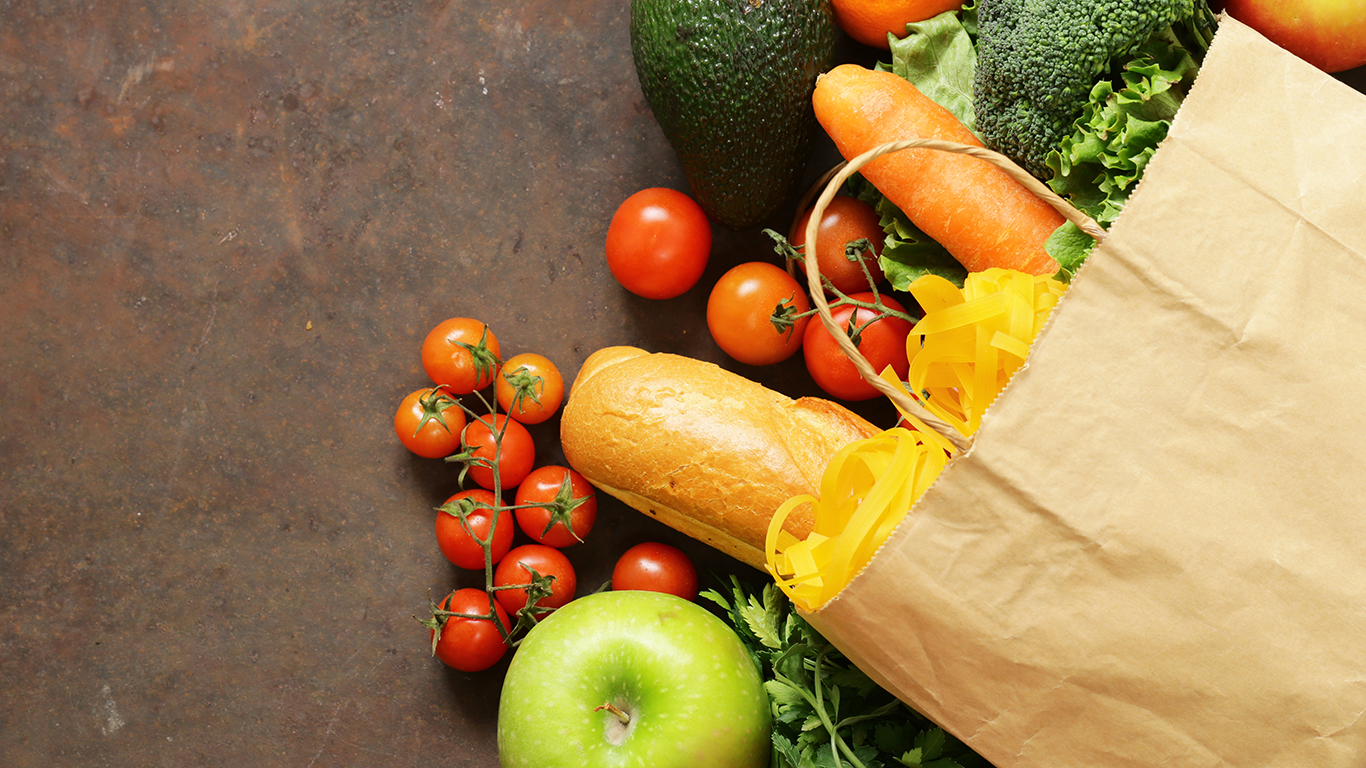
Grocery food shopping bag - vegetables, fruits, bread and pasta
With the Mediterranean diet, your focus is on plant-based foods alongside healthy fats. You eat primarily fruits and vegetables as well as whole grains. For your fat source, you use plenty of extra virgin olive oil. You can incorporate some fish/seafood, poultry and red meat in the diet but there are some specifications. With fish/seafood, you should have at least three servings each week. The same goes for legumes and nuts. For poultry, you’re limited to one serving per day. The same goes for low-fat dairy and eggs. For red meat, you’re limited to one serving per week. The same goes for sweets. This diet helps to lower your heart disease risk and can increase your life expectancy as well.
The Cabbage Soup Diet
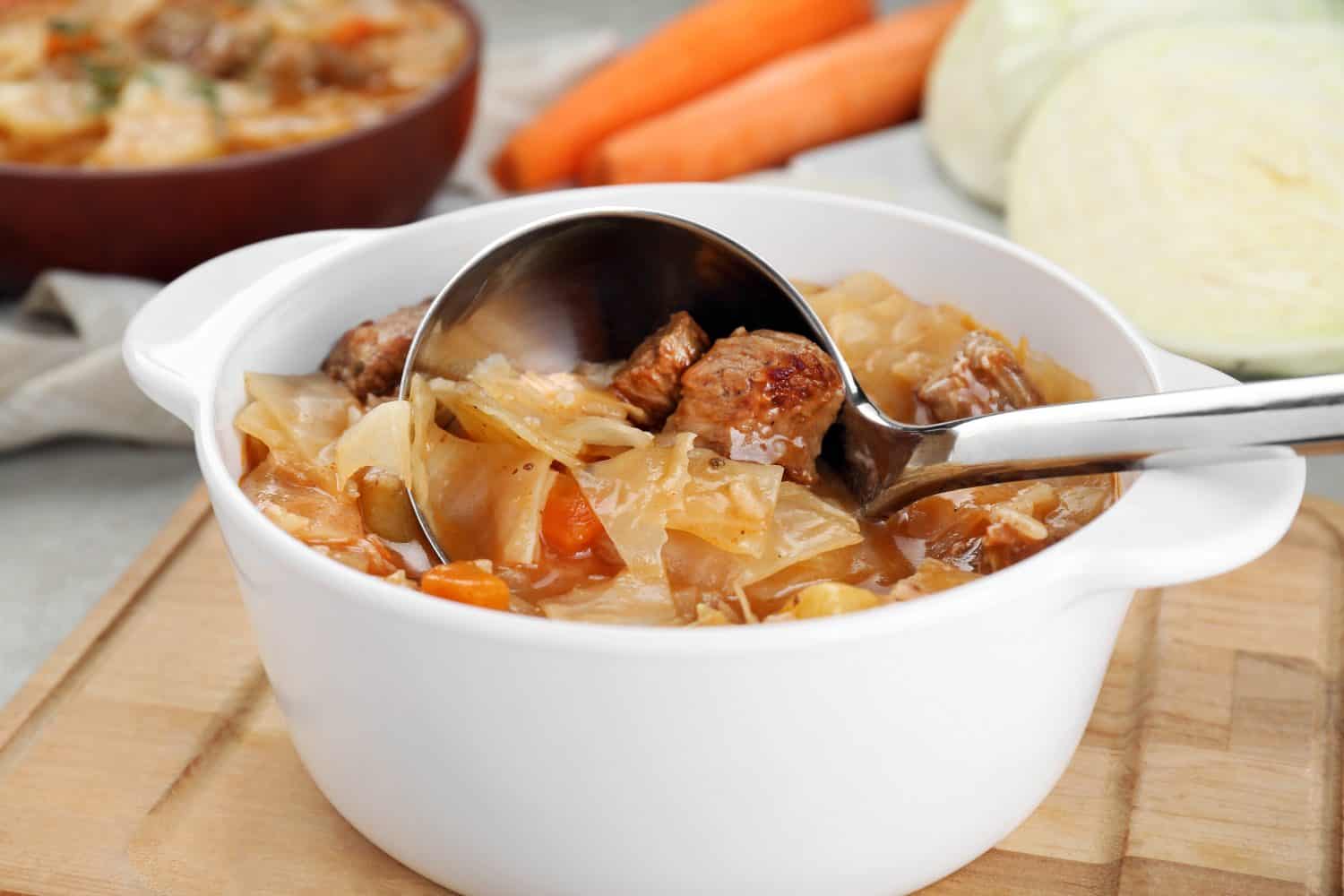
Aimed toward short-term weight loss, the cabbage soup diet requires that you consume a homemade cabbage soup for all of your meals during a seven-day period. There are variations of the diet, including some that are more permissible and allow one or two extra foods (like fruits and vegetables). Whereas some fad diets require a longer commitment, the cabbage soup diet is meant to jump-start a weight loss plan. Since it’s highly restrictive, it’s not the easiest of all fad diets to follow. The diet’s effectiveness hasn’t been formally studied but those who’ve tried it say they can lose up to 10 pounds in a week.
The HCG Diet

This diet takes things to another level because along with a heavily restricted daily caloric intake, you also inject human chorionic gonadotropin (HCG) daily. HCG is a hormone pregnant women release, which is then extracted from their urine. The diet became popular in the 1950s and was believed to promote fat burn for fat loss (and minimal muscle loss). Along with the daily injection, those on the HCG diet are limited to 500 calories per day. With such restricted calories, it’s no wonder people lose weight on the diet. However, it’s dangerous and unsustainable.
The Tapeworm Diet
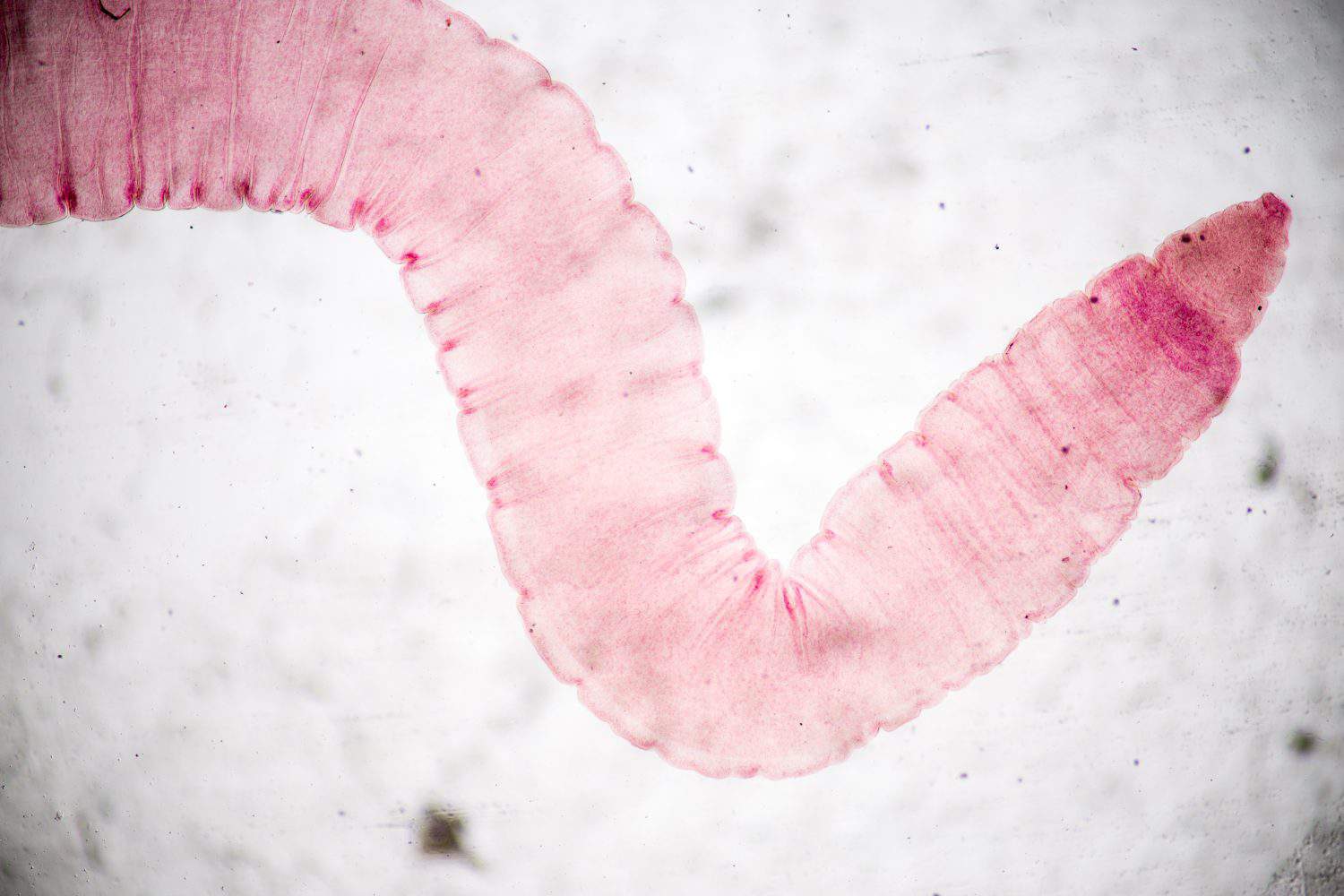
A diet without any restrictions sounds too good to be true, but that’s what the tapeworm diet is. You don’t have to make any changes and can indulge in all your favorite foods. There’s just one catch. You must take a worm-laced pill. Supposedly, that worm goes to work double-time to eat any of the delicious foods you enjoy. Once popular in the US, the pill was outlawed by the FDA due to public safety concerns.
The Keto Diet
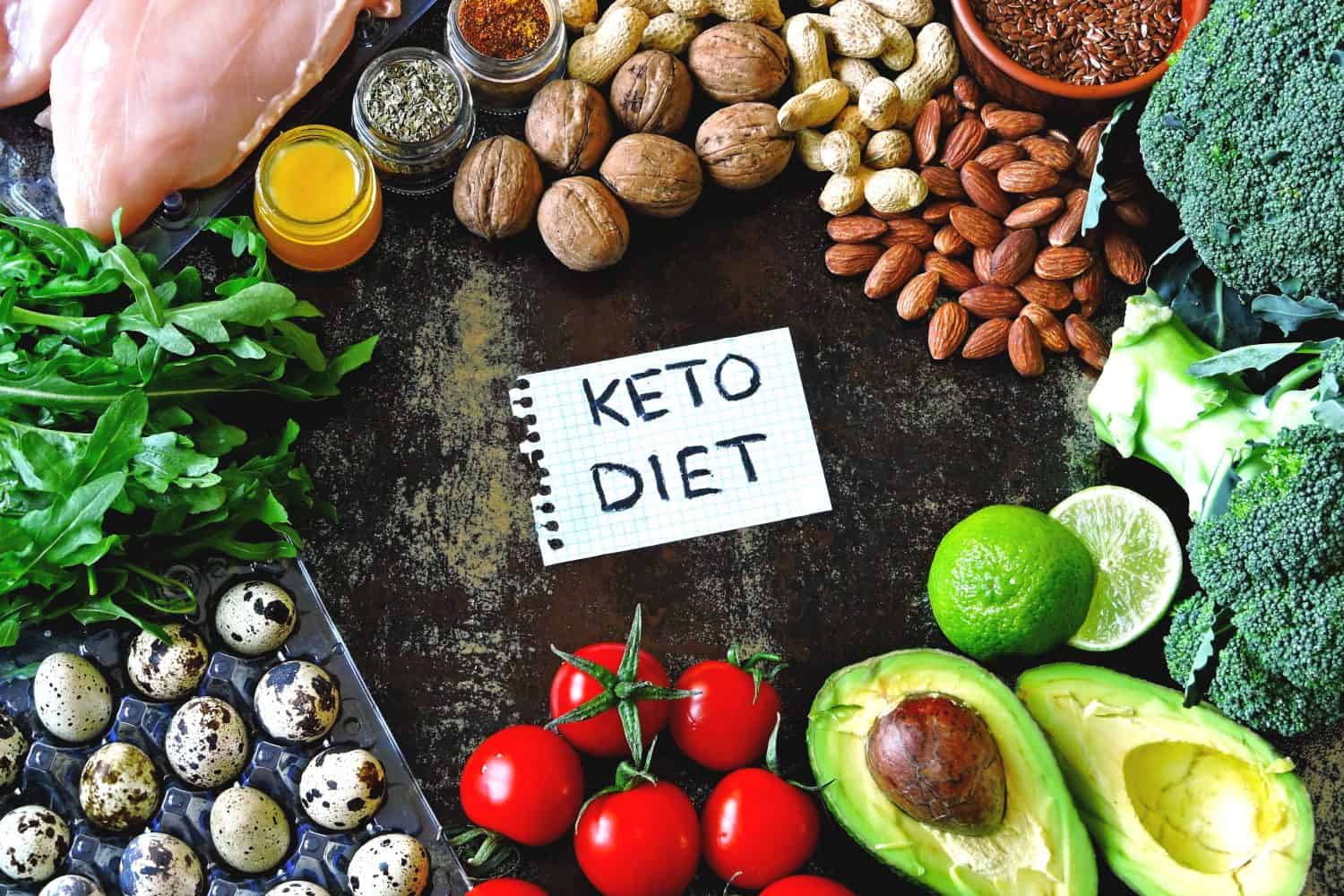
The keto diet remains popular for some people while others give it up altogether because of the restrictions it presents. With this diet, you eat an extremely low-carb diet, focusing primarily on high levels of fat along with moderate protein to sustain you. The goal is to get your body to move into a state of ketosis. During ketosis, your body burns fat. Additionally, ketones emerge from fat in your liver, which gives your brain a boost. These diets prove beneficial in lowering blood sugar and insulin levels as well. There are some variations of the diet, which include the standard version, a cyclical version, a targeted version and a high protein version.
The Sleeping Beauty Diet

Tired African American woman sleeping in bed at home
You can’t eat while you’re comfortably tucked in and slumbering, right? With the sleeping beauty diet, that’s the premise. The more you sleep, the fewer waking hours you have available to consume calories. In some cases, people have taken the sleeping beauty diet to the extreme, relying on sedatives to keep them unconscious for long periods (sometimes up to 20 hours). The irony of this is that some sleeping pills, like Ambien, are notorious for inducing sleep walking and in some cases, sleep eating.
The Atkins Diet
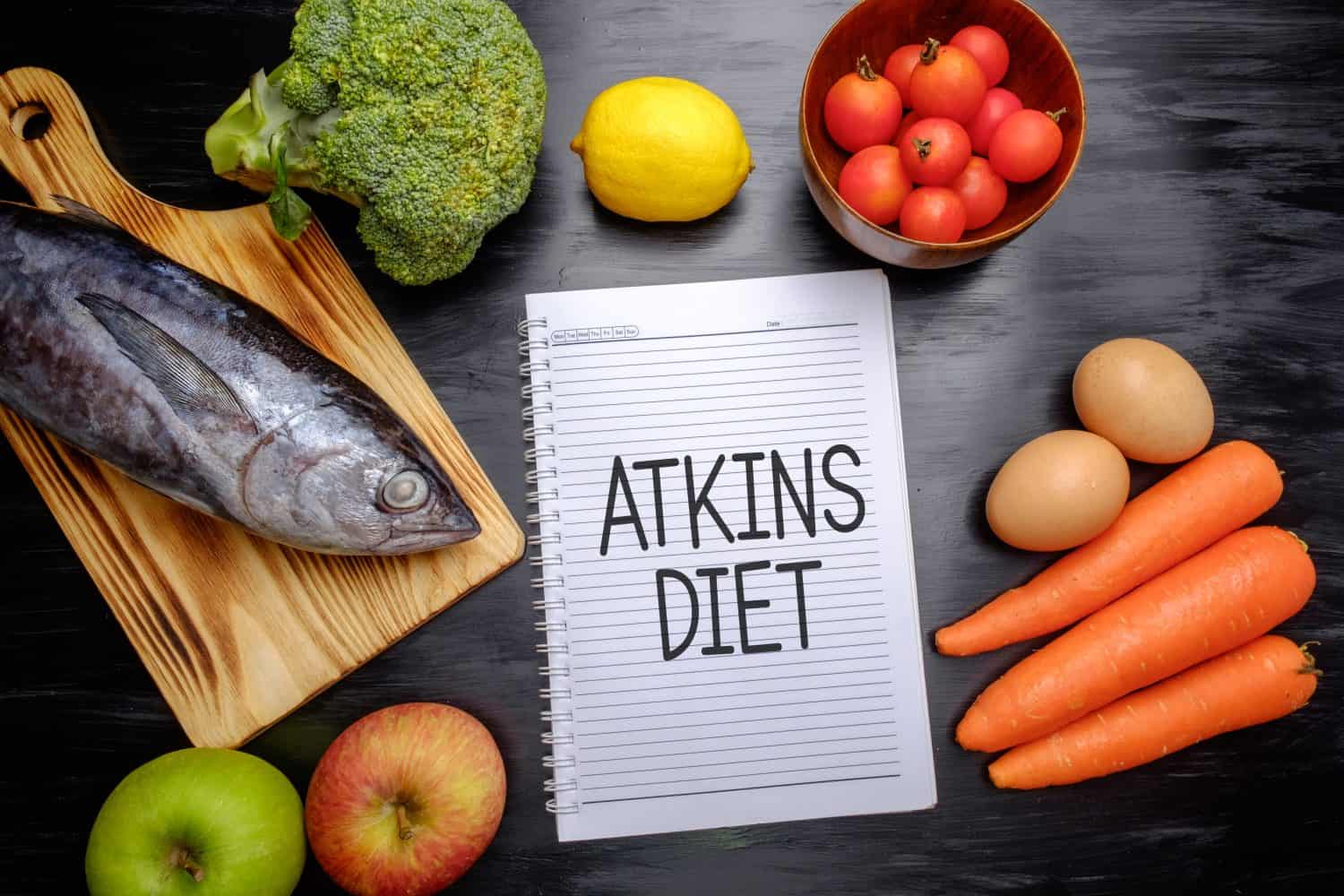
This is a low-carb diet that allows those who follow it to consume as much protein and fat as they desire — so long as they stay away from carbs. Studies support the claim that following a low-carb diet is effective for losing weight. Nevertheless, there continues to be a debate on the effects of saturated fat. With the Atkins diet, you follow four phases that include induction, balancing, fine-tuning and maintenance.
The Baby Food Diet

There is no official set of rules for the baby food diet. Basically, you replace meals and snacks throughout the day with baby food jars. These jars range in calories. On the lower end, you’re consuming 20 calories per jar. On the higher end, it’s 100 calories per jar. This diet is supposed to be a maintenance diet to keep weight off long-term. In some variations, you’re allowed one chewable meal per day.
The Paleo Diet
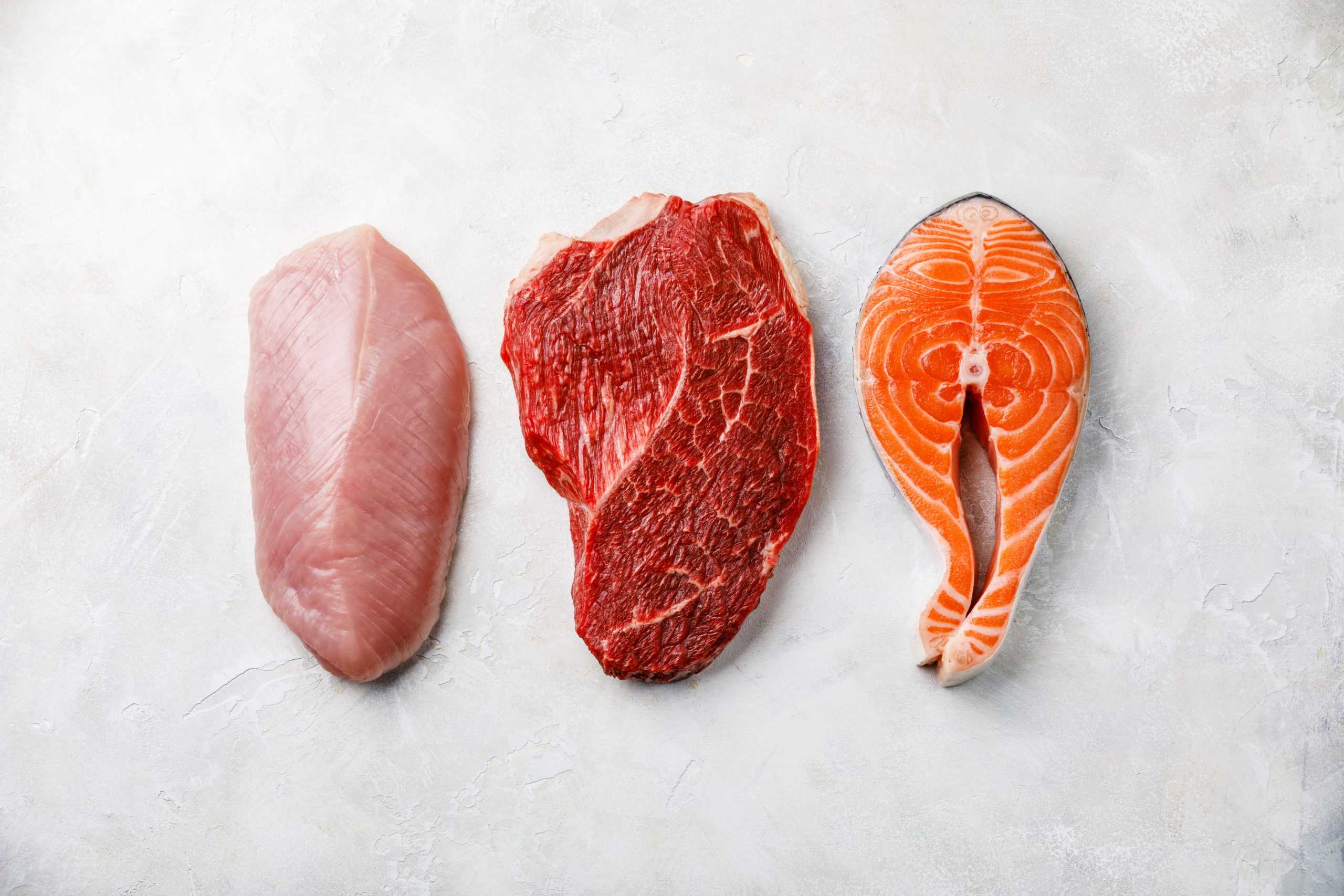
This diet is based on the idea that humans during the Paleolithic Era didn’t eat legumes, grains or dairy products, which came about through farming. Instead, they relied on hunting and gathering to supply their bodies with the energy they needed. The paleo diet incorporates fish, eggs, lean meats, fruits, vegetables, nuts and seeds. Following this diet can aid with weight loss or weight maintenance. Additionally, it helps to reduce the risk of cardiovascular disease.
The Cotton Ball Diet

With the cotton ball diet, you ingest cotton balls soaked in juice so that you feel full and can keep calories restricted. This diet has long been identified as dangerous and potentially deadly. Although it started out as a fad diet, it is now considered disordered eating, as the ingestion of non-food items is highly risky. The cotton ball diet can cause intestinal obstructions and malnutrition, and lead to hormone disruptions and cancer.
The Cookie Diet
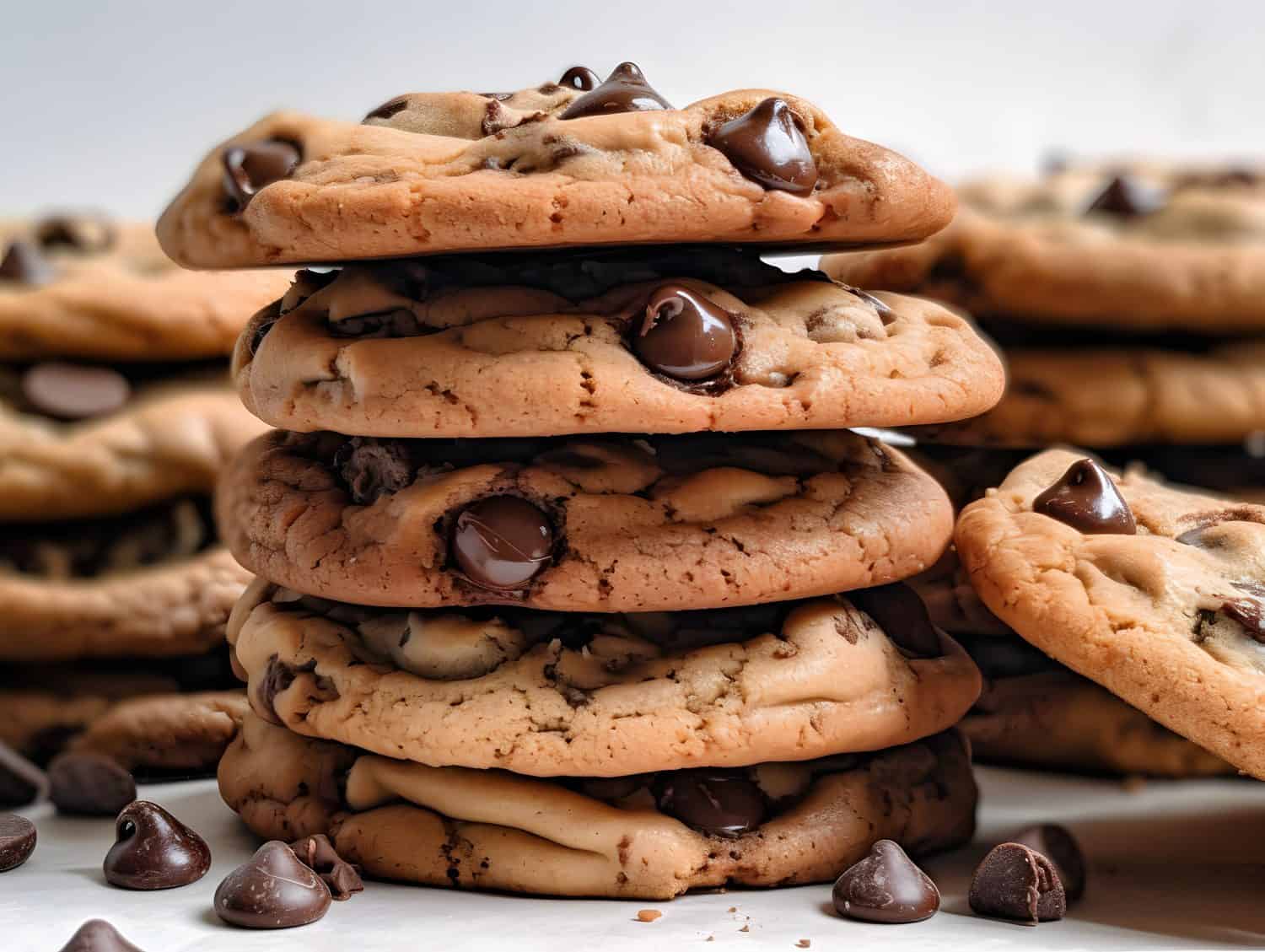
This weight loss diet is especially appealing to those with a sweet tooth. Supposedly, those who try the cookie diet can lose up to 17 pounds over the course of 30 days. Instead of eating breakfast, lunch, and snacks throughout the day, you consume cookies instead. But not just any cookies. They’re special cookies developed by Dr. Sanford Siegal and contain between 52.5 and 60 calories each. After your cookies for the day, you’re allowed a dinner that includes 250 grams of fish or lean meat along with a side of vegetables.
The Lemonade Diet

Also known as “The Master Cleanse,” the lemonade diet requires you to remain on a liquid-only diet for a minimum of 10 days. The claim is that you’ll lose weight and detox, which will reduce cravings. You’re only allowed a lemonade, a salt-water beverage and an herbal laxative throughout the 10 days. Then, you can start reintroducing foods slowly, starting with soup and juice immediately after stopping the lemonade diet.
The Slim Fast Diet

With the Slim Fast diet, you replace meals with shakes and snack bars. It doesn’t promise rapid weight loss. Instead, you are supposed to lose weight at a safer rate of one to two pounds per week. Each day, you have two meal replacements and three 100-calorie snacks. You can also enjoy a 500-calorie sensible meal of your choice. The diet incorporates gluten-free and lactose-free components, which makes it available to those with certain dietary restrictions.
The Raw Food Diet

Wide selection of fresh vegetables on market stall, copy space
With the raw food diet, you only consume unprocessed, raw foods. The way to know which foods are raw is to ensure they’ve never been processed, pasteurized, refined, heated over 104°F or treated with any pesticides. You’re left with a mostly plant-based diet, but there are variations of the diet that incorporate raw eggs, dairy and raw fish and meat (though this is less common). To prepare foods, you have several options, including dehydrating, juicing and soaking.
The DASH Diet
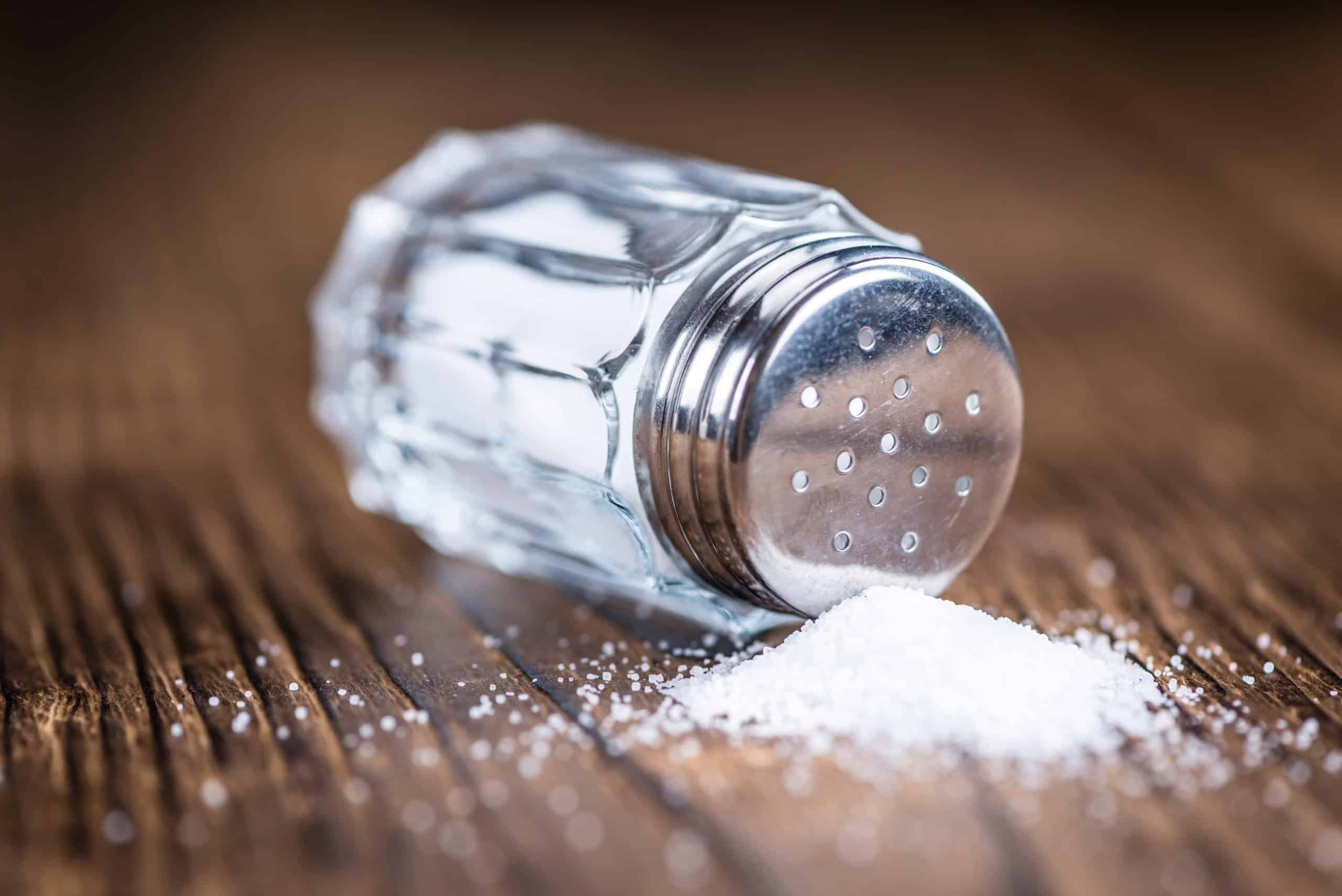
With the DASH diet, you work toward lowering your blood pressure. The diet limits your sodium intake as well as added sugars and saturated fat. You focus on eating fruits and vegetables along with whole grains. You can also have fish and poultry, beans and nuts, and low-fat (or fat-free) dairy. Ultimately, you want to ensure you’re consuming foods rich in potassium, magnesium, calcium, protein, and fiber.
The Carnivore Diet

Closeup side view of unrecognizable woman chossing some fresh meat at local supermarket. The meat is cut into chops and packed into one pound packages. She has reached for a package of beef sirloin steaks.
This is one of those diets that may be unsafe for certain people. It eliminates nearly all foods, except for meat and animal products. There is anecdotal evidence of its benefits, which include weight loss and blood sugar regulation. Some people who’ve tried it noted it improved mood issues. However, there is currently no research to support these claims.
The Zone Diet
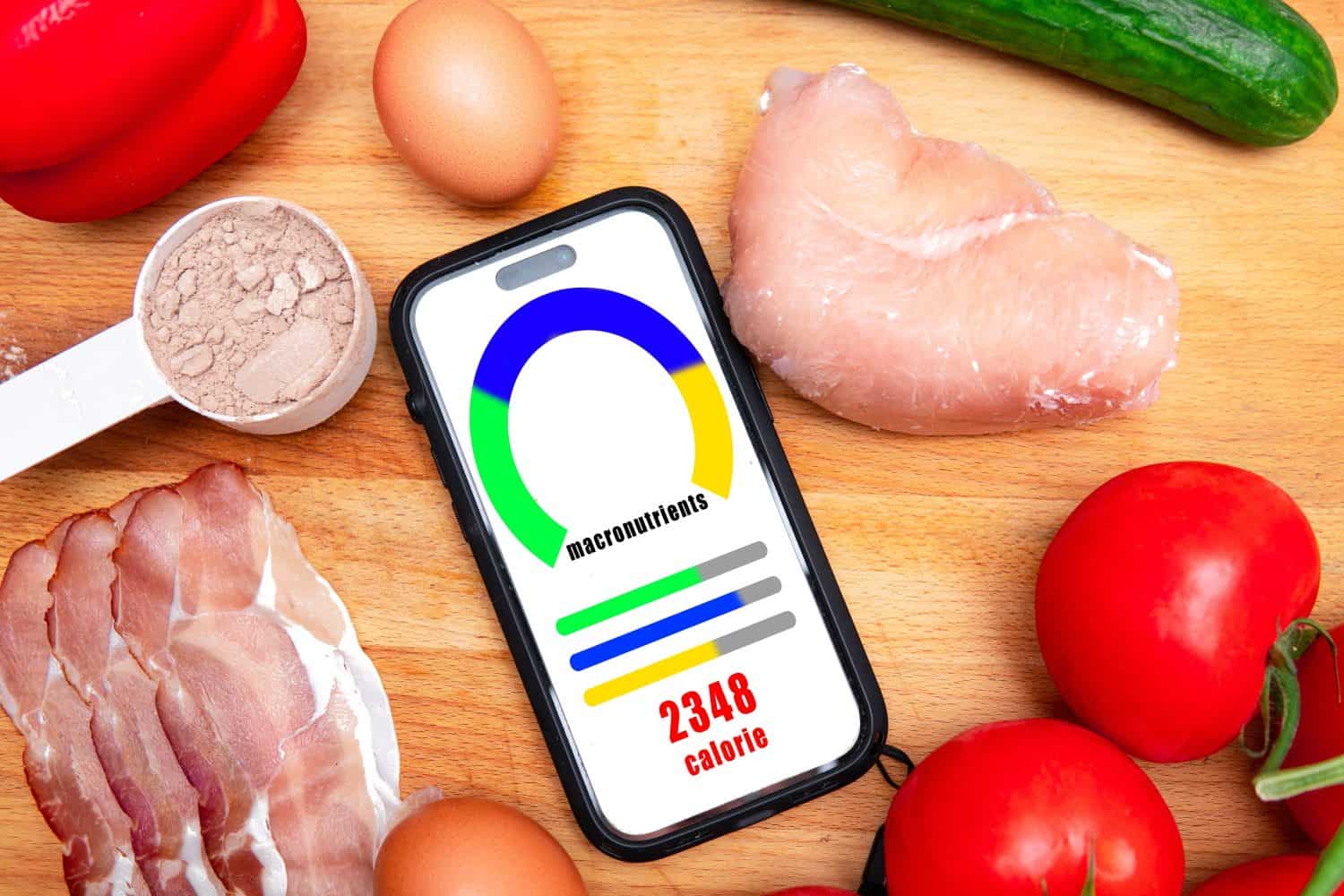
With the zone diet, the aim is to reduce inflammation in your body. There is a specific ratio of macronutrients you must abide by. Each day, you should consume 40% carbs, 30% protein and 30% fat. You’re not free to consume any types of carbs, however. You must stick with those that have a low glycemic index. As for your lean protein choices, they should be primarily monounsaturated.
The Special K Diet
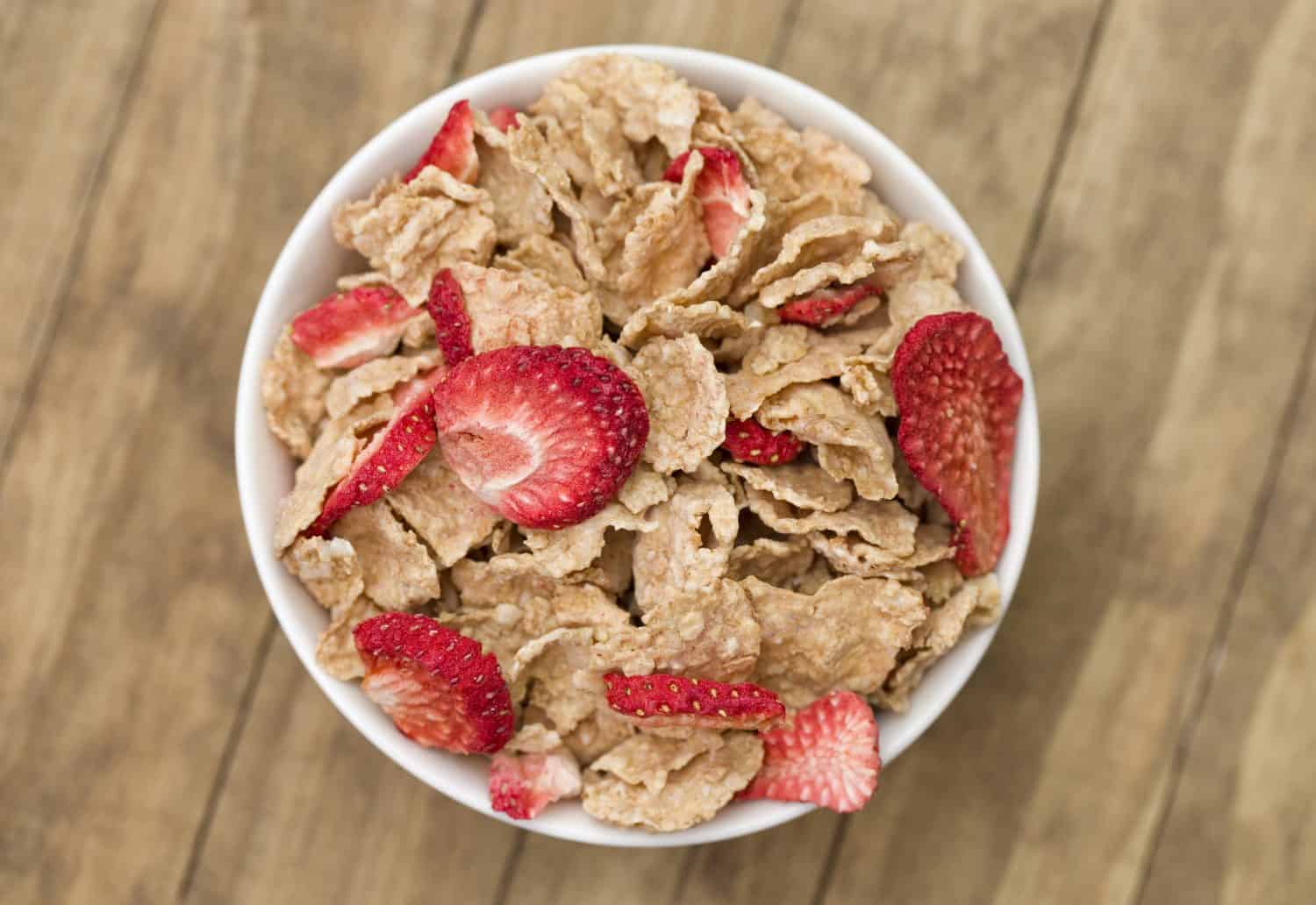
This diet is another meal substitution plan. Instead of eating foods you would regularly indulge in, you replace them with Special K cereal twice per day. It’s meant to assist with portion control over the course of two weeks. The diet allows for small snacks, fruits and vegetables as well as a dinner of your choice. It’s not meant as a long-term diet; rather, the Special K diet is supposed to help jumpstart weight loss.
Weight Watchers
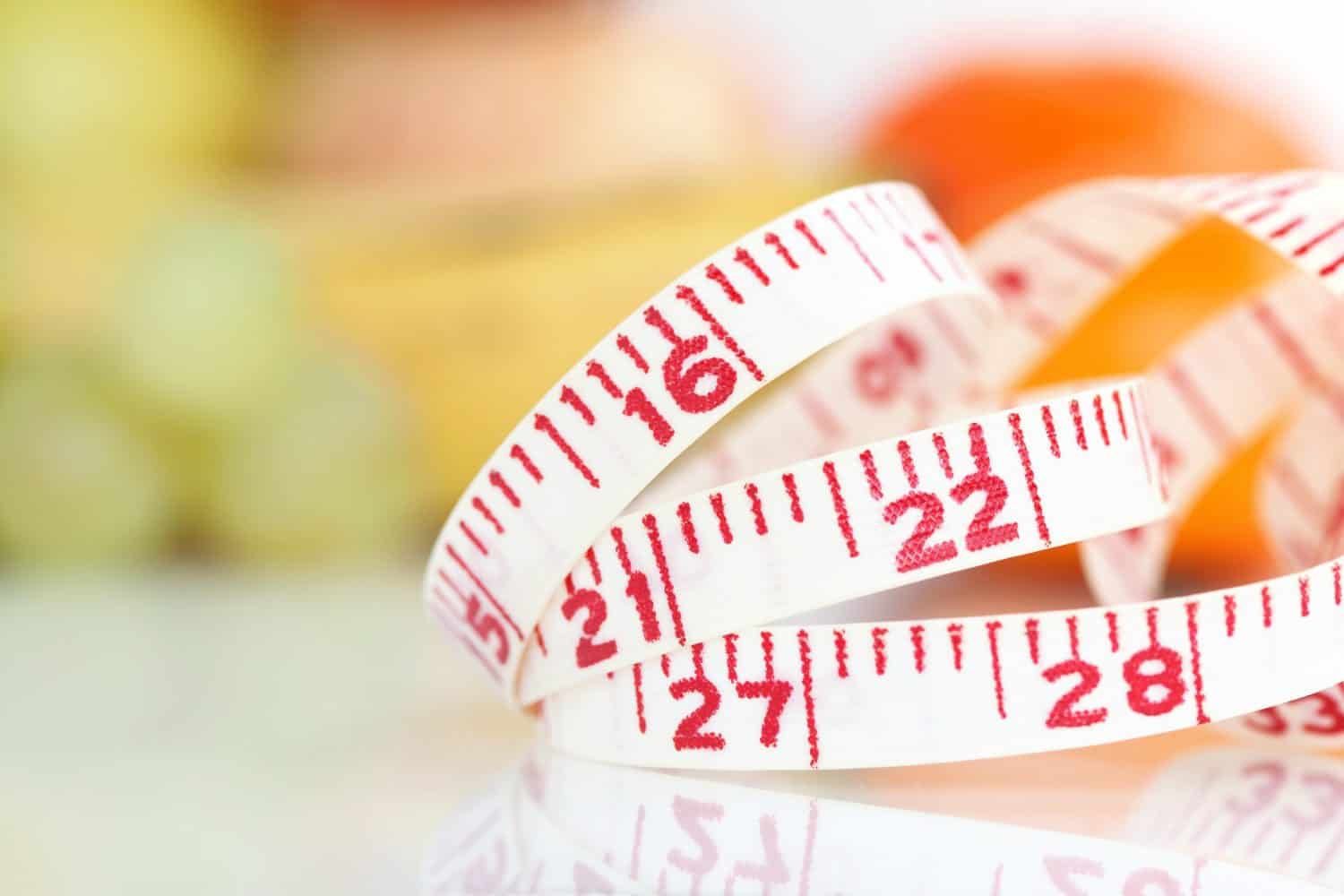
This weight loss program has earned a 4.10 out of 5 score according to Healthline. The diet is based on a system of points, which allows for a customizable plan and flexible lifestyle. It’s one of the more sustainable diets, which is why it has remained popular over the years. You get a personalized point budget and you can select which foods you prefer, so long as you stay within your points budget. (Curious about more health trends from the past? Check out 21 Foods We Used to Think Were Healthy.)